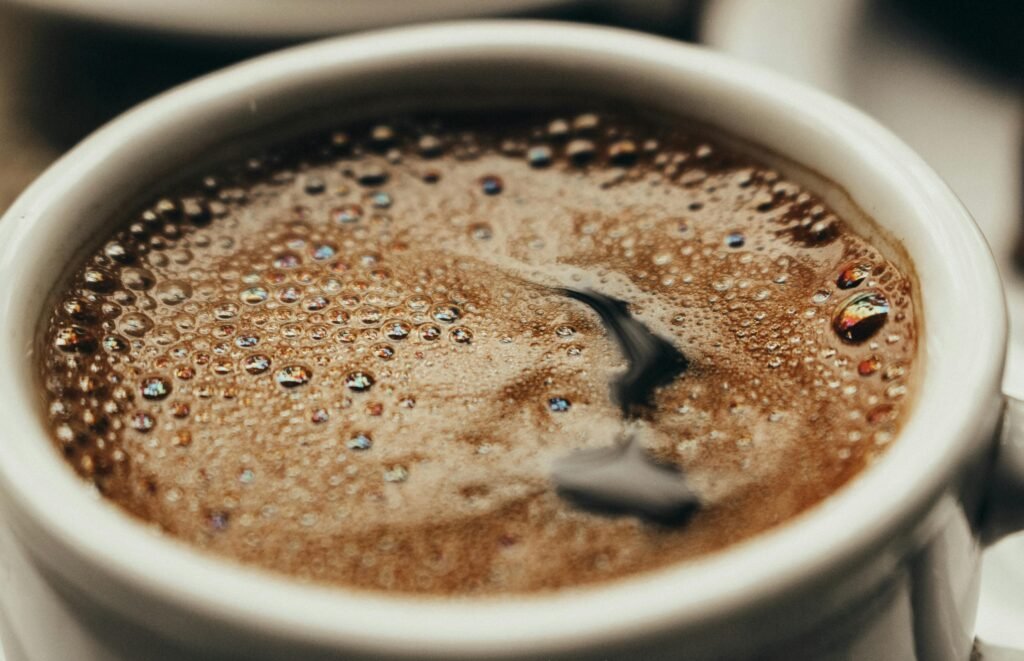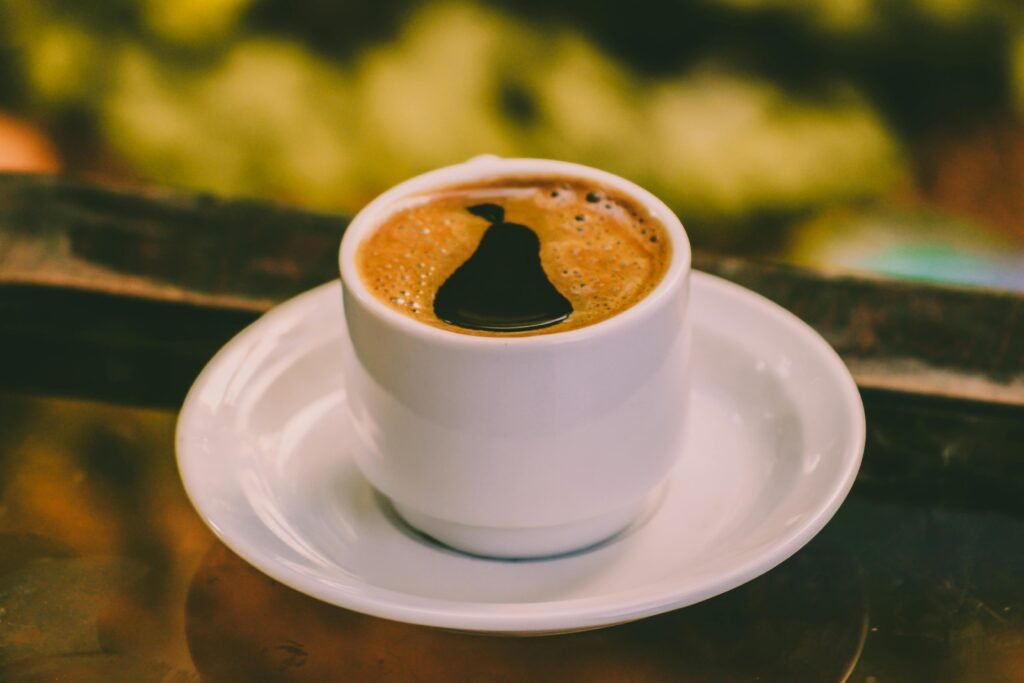In the realm of coffee aficionados and casual drinkers alike, a persistent question lingers: does dark roast coffee truly boast a higher caffeine content than its lighter counterparts? This inquiry has sparked countless debates and fueled myths within the coffee community. To uncover the truth behind this age-old conundrum, one must delve into the intricate chemistry and roasting processes that define the diverse spectrum of coffee flavors and caffeine concentrations.
Table of contents
Firstly, it’s essential to unravel the misconception that the darkness of the roast correlates directly with caffeine levels. Contrary to popular belief, the roasting process primarily impacts the flavor profile of coffee rather than its caffeine content. When coffee beans undergo roasting, they experience chemical transformations that alter their taste, aroma, and color. Dark roast coffee, characterized by its deep, rich hues and bold flavors, results from prolonged exposure to heat during the roasting process. This extended roasting duration causes the beans to undergo caramelization and the Maillard reaction, which impart a smoky, bittersweet taste to the brew. However, these transformations do not significantly affect the caffeine content; instead, they diminish it slightly due to the prolonged exposure to heat, which can degrade some of the caffeine molecules.

Understanding Coffee Roasting: The Impact on Caffeine Levels
Coffee roasting is an intricate process that significantly influences the flavor, aroma, and chemical composition of coffee beans. To comprehend the relationship between roasting and caffeine content, it’s crucial to delve into the stages of coffee roasting and their effects on the beans.
Roasting Profiles and Caffeine Degradation
The degree of roasting, ranging from light to dark, determines the flavor profile of coffee. Light roast coffee, characterized by its light brown color and subtle acidity, undergoes a shorter roasting duration at lower temperatures. In contrast, dark roast coffee, with its rich, intense flavor and dark brown color, experiences a more prolonged roasting process at higher temperatures.
The Myth of Caffeine Concentration in Dark Roast Coffee
During roasting, caffeine molecules undergo thermal degradation when exposed to high temperatures. While some caffeine content remains intact regardless of roast level, prolonged exposure to heat during dark roasting can lead to a slight reduction in caffeine levels. This degradation occurs due to the breakdown of caffeine molecules under heat, although the extent varies depending on factors such as roasting time, temperature, and bean type.
Despite common belief, dark roast coffee does not inherently contain more caffeine than lighter roasts. The misconception likely stems from the bold, robust flavor associated with dark roasts, leading consumers to perceive a higher caffeine kick. However, studies have consistently shown that the difference in caffeine content between light and dark roast coffee is minimal, with variations often falling within a narrow range.
Research conducted by the Specialty Coffee Association (SCA) and other scientific studies have examined caffeine levels in different roast profiles. These studies have consistently demonstrated that while caffeine degradation occurs during roasting, the difference in caffeine content between light and dark roast coffee is negligible. Any perceived variance in caffeine intensity is more likely attributed to factors such as brewing method, bean type, and individual taste preferences rather than roast level.
Factors Influencing Caffeine Content
Beyond the roasting process, several other factors contribute to the caffeine content of coffee. One crucial aspect is the type of coffee bean used, with Arabica and Robusta being the most common varieties. Robusta beans generally contain higher caffeine levels than Arabica beans, regardless of roast profile. Consequently, coffee blends or single-origin beans with a higher proportion of Robusta may exhibit greater caffeine content compared to those predominantly composed of Arabica beans.
Moreover, brewing methods play a significant role in caffeine extraction. Techniques such as espresso brewing typically yield a higher caffeine concentration per ounce compared to methods like drip brewing. The grind size, water temperature, and brewing duration also influence caffeine extraction during the brewing process. Consequently, variations in brewing techniques can impact the perceived caffeine strength of a cup of coffee, irrespective of the roast level.
The Role of Bean Density and Size
Bean density and size also affect caffeine extraction during brewing. Dark roast coffee beans tend to be larger and less dense than their lighter counterparts due to the prolonged exposure to heat during roasting. Consequently, larger beans may have a lower surface area-to-volume ratio, leading to slightly slower caffeine extraction during brewing. However, the impact of bean size and density on caffeine concentration is minor compared to other factors such as roast level and brewing method.
Clarifying the Misconceptions
In conclusion, the notion that dark roast coffee contains more caffeine than lighter roasts is a persistent myth that lacks scientific substantiation. While the roasting process does lead to caffeine degradation, the difference in caffeine content between light and dark roast coffee is minimal. Factors such as bean type, brewing method, and individual preferences have a more significant influence on caffeine concentration in coffee. By understanding the complex interplay of these factors, coffee enthusiasts can appreciate the nuances of flavor and caffeine content across various roast profiles without succumbing to misconceptions.

Conclusion
the belief that dark roast coffee inherently boasts a higher caffeine content than lighter roasts is a prevalent misconception that fails to align with scientific evidence. While the roasting process does lead to some caffeine degradation, studies consistently show that the difference in caffeine levels between light and dark roast coffee is marginal. Factors such as bean type, brewing method, and individual taste preferences play more significant roles in determining caffeine concentration. Understanding the complexities of coffee roasting and brewing can empower consumers to make informed choices based on their preferences rather than relying on unfounded myths.
Ultimately, the journey to demystify the relationship between roast level and caffeine content underscores the importance of critical thinking and scientific inquiry in the realm of coffee appreciation. By dispelling misconceptions and embracing empirical evidence, coffee enthusiasts can deepen their understanding of the beverage they cherish while savoring the diverse array of flavors and aromas that each roast profile offers. In this light, the pursuit of knowledge enriches not only our coffee-drinking experiences but also our broader appreciation for the intricacies of the natural world.
Questions (FAQ’s)
- Does darker roast coffee have a stronger flavor than lighter roasts?
- While darker roast coffee is often associated with bold, robust flavors, the strength of coffee flavor is not solely determined by the roast level. Lighter roasts tend to preserve the unique characteristics of the coffee bean, highlighting its origin and varietal flavors. On the other hand, darker roasts undergo more extensive caramelization and the Maillard reaction, which can result in smoky, bittersweet notes. However, personal taste preferences, brewing methods, and bean quality also significantly influence the perceived strength of coffee flavor.
- Is it true that caffeine content varies between different types of coffee beans?
- Yes, the caffeine content can vary depending on the type of coffee bean used. Robusta beans typically contain higher caffeine levels compared to Arabica beans. Robusta plants thrive in lower altitudes and are generally hardier, producing beans with a higher caffeine content as a natural defense mechanism against pests. In contrast, Arabica beans are prized for their nuanced flavors and aromatic qualities but generally contain less caffeine. Consequently, coffee blends or single-origin beans with a higher proportion of Robusta may exhibit greater caffeine content than those predominantly composed of Arabica beans.
- Does caffeine content decrease as coffee beans undergo the roasting process?
- Yes, caffeine degradation occurs to some extent during the roasting process, regardless of roast level. However, the reduction in caffeine content is relatively minimal and does not significantly vary between light and dark roast coffee. Prolonged exposure to heat during roasting leads to the breakdown of caffeine molecules, resulting in a slight decrease in overall caffeine levels. While darker roasts may experience slightly more caffeine degradation due to the extended roasting duration, the difference in caffeine content between light and dark roast coffee remains insignificant compared to other factors such as bean type and brewing method.






